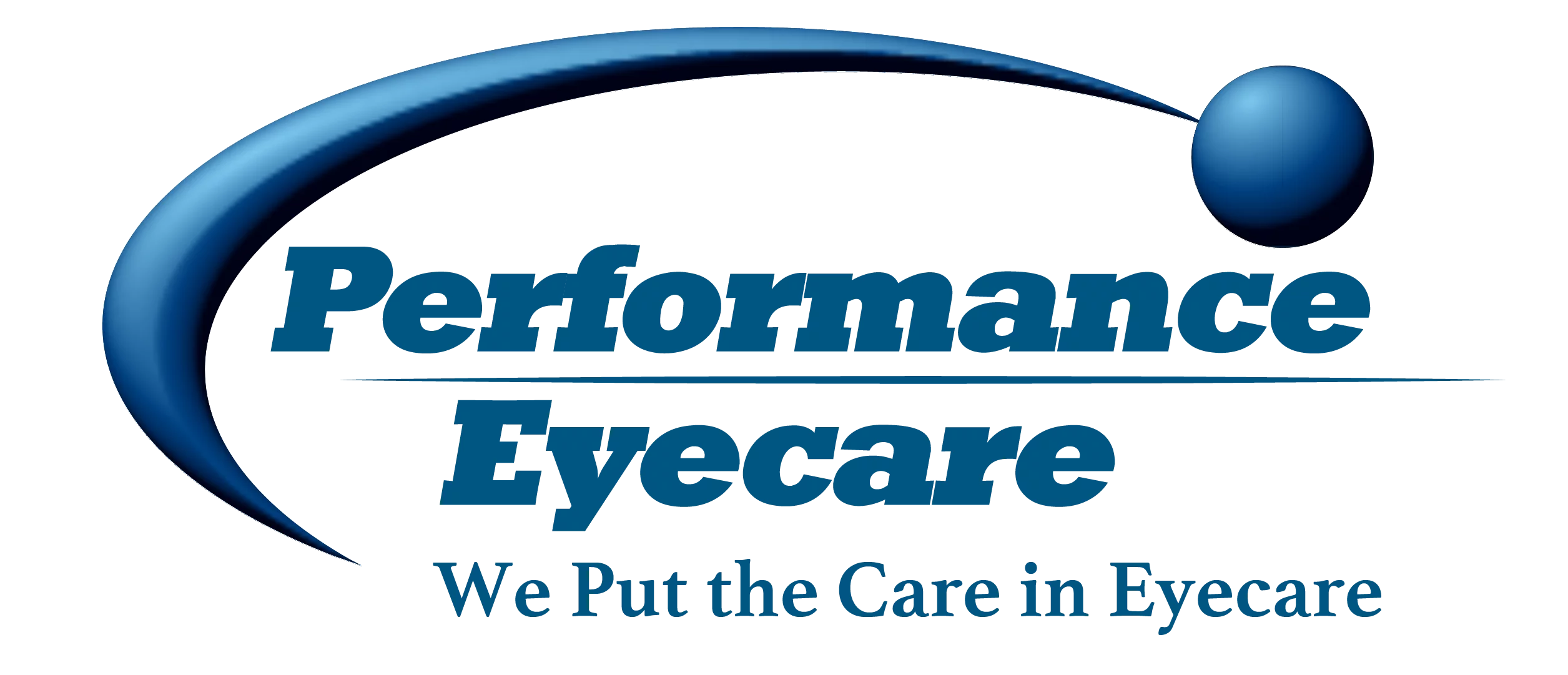Contact Lens Myths
Are you afraid of wearing contact lenses? Check out these contact lens myths debunked and then decide if they are right for you. MYTH: I can’t wear contact lenses Just about everyone can now wear contact lenses thanks to technological advances. Some of the advances now allow those with astigmatism and those who need bifocal … Read more
